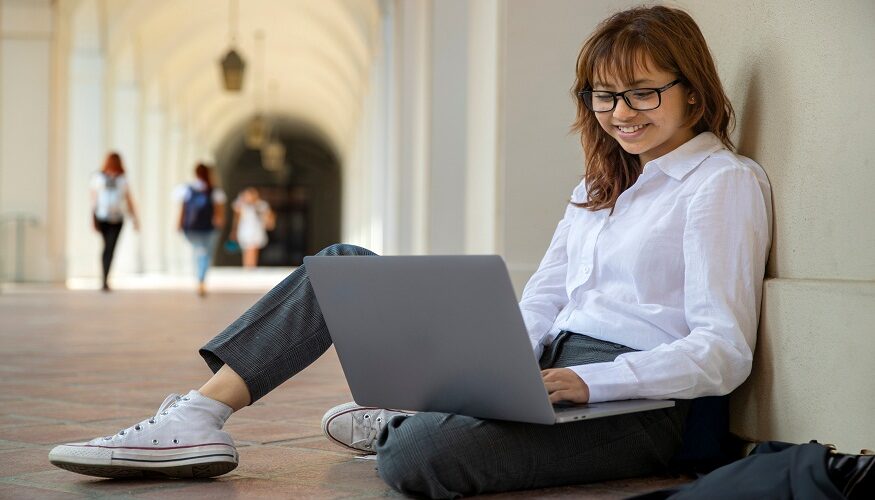The concept of accessibility is universal, and it is believed that every individual, irrespective of their physical or mental situation, must have access to public places. India is one of the biggest democracies in India and works for the people. One of its most essential aspects is providing accessibility to all individuals, especially in public places. However, as people may have different types of impairments, there is still a need to enhance accessibility in public places.
This blog will serve as a guide to help you understand how accessibility in public places can be enhanced to ensure everyone can easily access public places in India.
The idea of accessibility
Accessibility means that a specific space or place can be easily utilised by all individuals without any problems. For example, a place with only a staircase for entry will be less accessible to physically impaired individuals. However, a place with a ramp along with a staircase will be more accessible. Since every citizen has equal rights to access public places, they must be made accessible to all individuals.
Since accessibility can differ based on mental and physical situations, it is important to understand the various strategies for making public spaces more accessible in India.
Strategies for enhancing accessibility in public places
Here are some strategies to consider for enhancing accessibility in public places:
Physical accessibility
Physical accessibility means that public places are easily accessible to everyone, regardless of their physical condition. One of the best ways to enhance physical accessibility is to install ramps and elevators close to all the staircases, which would allow individuals with physical impairments to access more places. Public places can also be made more physically accessible through adequate lighting, non-slip surfaces, separate toilets for disabled people, and rest areas specially designed for physically impaired individuals.
Furthermore, individuals can be employed with knowledge of special needs to assist physically impaired individuals at public places such as bus stations, train stations, offices, etc.
Visual and sensory accessibility
Visual and sensory accessibility means that public places are easily accessible to individuals with sensory disabilities, including hearing or visual impairments. High-contrast signs with lights and large fonts can be implemented to increase visual and sensory accessibility. These signs can also be posted with easily accessible Braille translations. For complex structures such as malls and airports, tactile maps and auditory navigation systems can be implemented for easy access. Furthermore, employees can be employed to assist individuals with visual and sensory impairments in most public places.
Auditory accessibility
Auditory accessibility means that public places are easily accessible to individuals with auditory or hearing impairments. Hearing loops can be installed in public places like meeting halls and theatres to enhance the experience of such individuals. One of the best ways to make public places more accessible to auditory-impaired individuals is to offer sign language interpreters or digital alternatives in key service areas. Furthermore, text-based announcements can also be provided to make communication easier for such individuals.
Cognitive and Neurodivergent Accessibility
Cognitive and neurodivergent accessibility means that public areas are easily accessible to individuals with cognitive and neurological impairments. These individuals have problems understanding complex text, which may seem easy to others. One of the best ways to increase cognitive and neurodivergent accessibility is to design simple and clear signs with picture aids and large, clutter-free text. Another way is to provide quiet zones in public places or digital alternatives to physical processes. Staff members can be trained to provide assistance to such individuals while keeping their patience.
Implementation
Implementing such accessibility-enhancing policies in public places is an extensive task that requires substantial funding. Governments are generally responsible for increasing accessibility to public spaces, for which they may obtain a loan from a bank or NBFC. The government must enforce strict accessibility laws in India and develop various policies to ensure that public places are more accessible to people with disabilities and impairments.
Various organisations must ensure that their employees and staff are trained to support and increase accessibility as much as possible in public places or workplaces. There should be regular audits and feedback mechanisms to ensure that the policies are implemented and help people achieve their intended goals.
Conclusion
Enhancing accessibility in public spaces benefits everyone by fostering inclusivity, independence, and equal opportunities. By implementing thoughtful design, policies, and technological solutions, we can create environments that empower all individuals, regardless of their abilities, to easily navigate and participate in society. Since the current environment includes the use of advanced technologies, various online marketplaces or digital platforms can help automate various processes and increase accessibility. Now that you know how to enhance accessibility in public places, you can make them more accessible and help create an equitable society.

